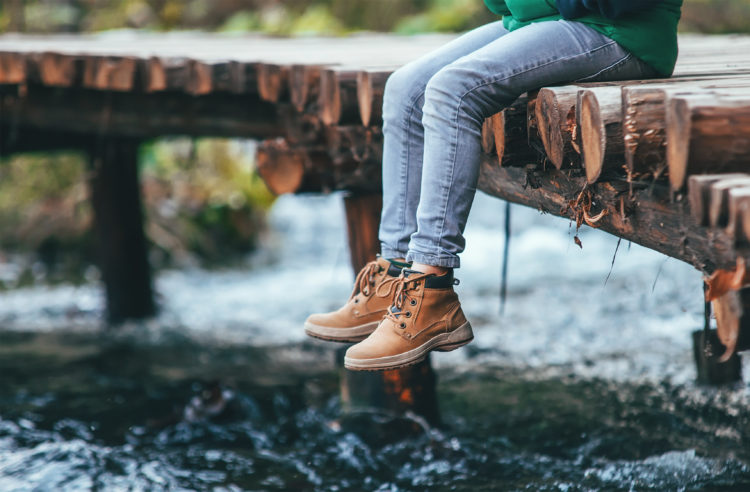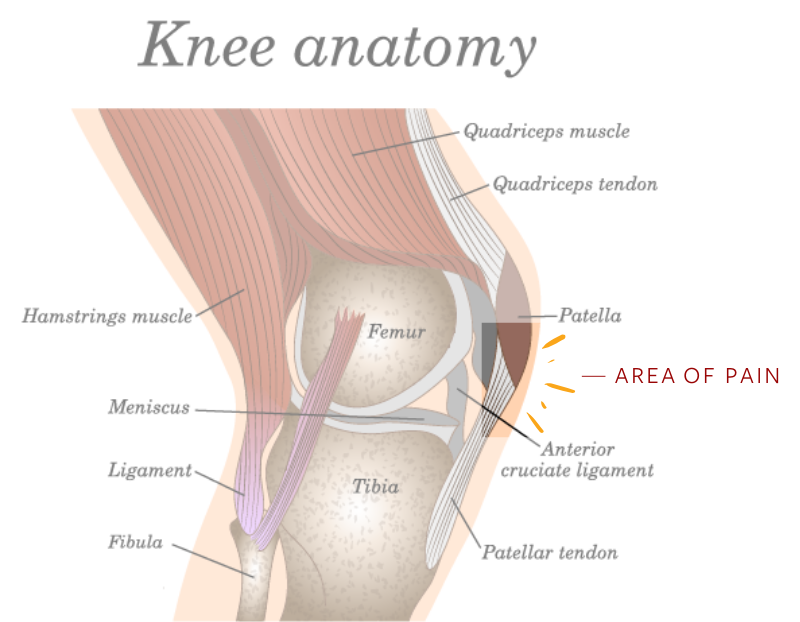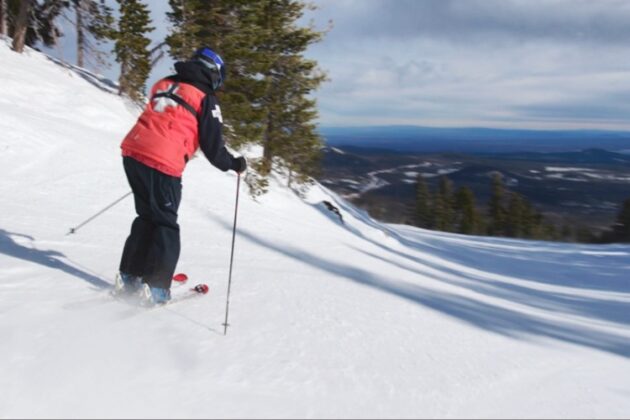
As spring and summer sports begin to ramp up for Central Oregon kids, it’s a good time to keep an eye out for signs and symptoms of overuse injuries. One common injury found in young athletes involved in activities requiring jumping, running, walking, or cycling is patellar tendonitis (a.k.a. jumper’s knee).
Jumper’s knee is a result of inflammation and tissue damage caused by repetitive contraction of the quadriceps muscles placing stress on the patellar tendon where it attaches to the kneecap. A child with jumper’s knee will feel mild to severe pain in the lower portion of their kneecap.
Causes of Jumpers Knee
- Poor hip, leg, knee, or feet alignment
- Having wide hips
- Being knock-kneed
- Having flat feet or arches that collapse when you walk or run
- Muscle imbalance caused by using the same muscle group repetitively
- Overtraining and inadequate periods of rest
“Unlike in adults, the consequences of overuse injury in the pediatric and adolescent athlete are far more serious because the growing bones are vulnerable to stress,” states Dr. Justin Roth, pediatric orthopedist at The Center. In jumper’s knee, irritation and injury to a child’s growth plate can occur when the patellar tendon attached to the growth plate of the kneecap is placed under repetitive stress. This condition is called Sinding-Larsen-Johansson syndrome.
Common Signs and Symptoms
- Slightly swollen, warm, and tender bump below the kneecap
- Pain with activity, especially when straightening the leg against force (such as with stair climbing, jumping, deep knee bends, or weightlifting) or following an extended period of vigorous exercise in an adolescent
- In more severe cases, pain during less vigorous activity
“In general, we associate a high level of athletic activity with being a good thing for our children and young adults,” says Dr. Roth. “As our children’s lives begin to take shape around the many fun and active sports they take interest in, slowing down and taking a break may be required to prevent overuse injuries.”
Resting from activity until the pain resolves is usually the first recommendation. Applying ice packs to the knee and using non-steroidal anti-inflammatory medications can also help alleviate symptoms. If the child does not take rest from the repetitive motions causing the jumper’s knee, a fracture can occur at the lower end of the kneecap which will require treatment with casting or surgery, and will further prolong the child’s absence from their activities.






